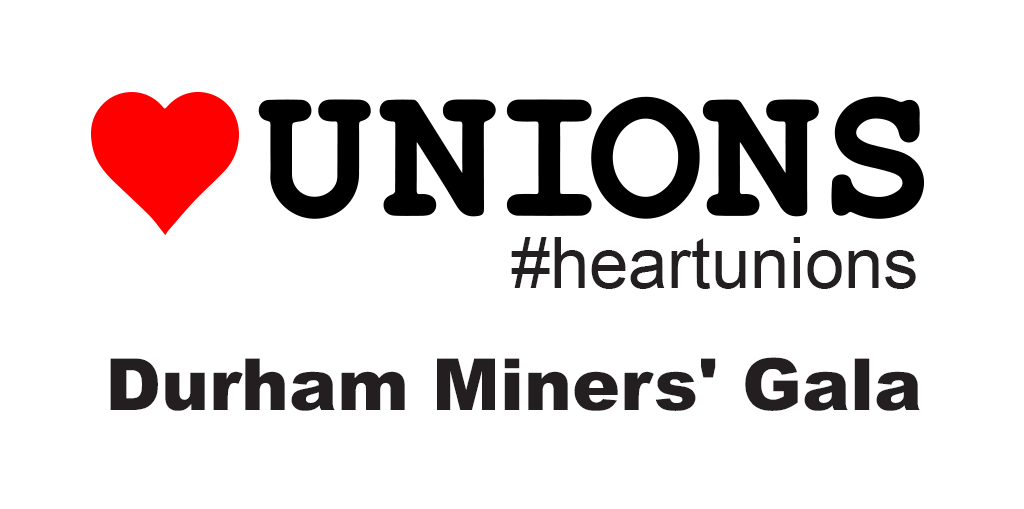2018 marks the 134th year of the annual event, which usually takes place on the second Saturday in July. It's a celebration of the area's great coal mining and trade union heritage, with early galas attracting over 250,000 visitors - sometimes swelling the northern city's population sevenfold.
These days, of course, there are no deep mines remaining in the Durham coalfields, but that doesn't stop the rally attracting big numbers - and names. Last year, Labour leader Jeremy Corbyn was the headline speaker, with other recent notable guests including Tony Benn, Billy Bragg, Ed Miliband and Ken Livingstone.
Before speakers start addressing the crowds assembled at Durham Racecourse, however, the event kicks off with a parade of banners through the streets of the city. Traditionally, these were carried by miners themselves, to the huge support of friends and families who lined their route. The rectangular banners, made of silk and hanging from a cross member, represented each of the mining lodges of the National Union of Mineworkers in the Durham area. Many also featured portraits of famous socialist/communist leaders, or captions expressing socialist sentiments. Religious imagery also inspired some of the designs.
More recently, union banners from other parts of the country have been included on the march, including NUM (National Union of Mineworkers) lodges in Yorkshire and South Wales. To signify the closure of pits, banners are draped in black cloth. Previously, the same custom was used to denote deaths in the pit. In the afternoon, a Miners' Service is held in Durham Cathedral, where any new banners receive a formal blessing.
The event is organised by the Durham Miners' Association, the very same group that originally set up the rally in 1871. It has been held every year since, except when World Wars and strike action have prohibited. This year's event takes place on Saturday 14th July, with further information at durhamminers.org/gala.
#HeartUnions - Durham Miners' Gala
We’re looking back on key events in union history. In this blog post, we cover the Durham Miners Gala.
Famed for its rousing colliery bands, bright banners and for being one of the biggest trade union gatherings in the whole of Europe, Durham Miners' Gala occupies a special - and prominent - place in the trade union calendar.

Comments
Post a comment







